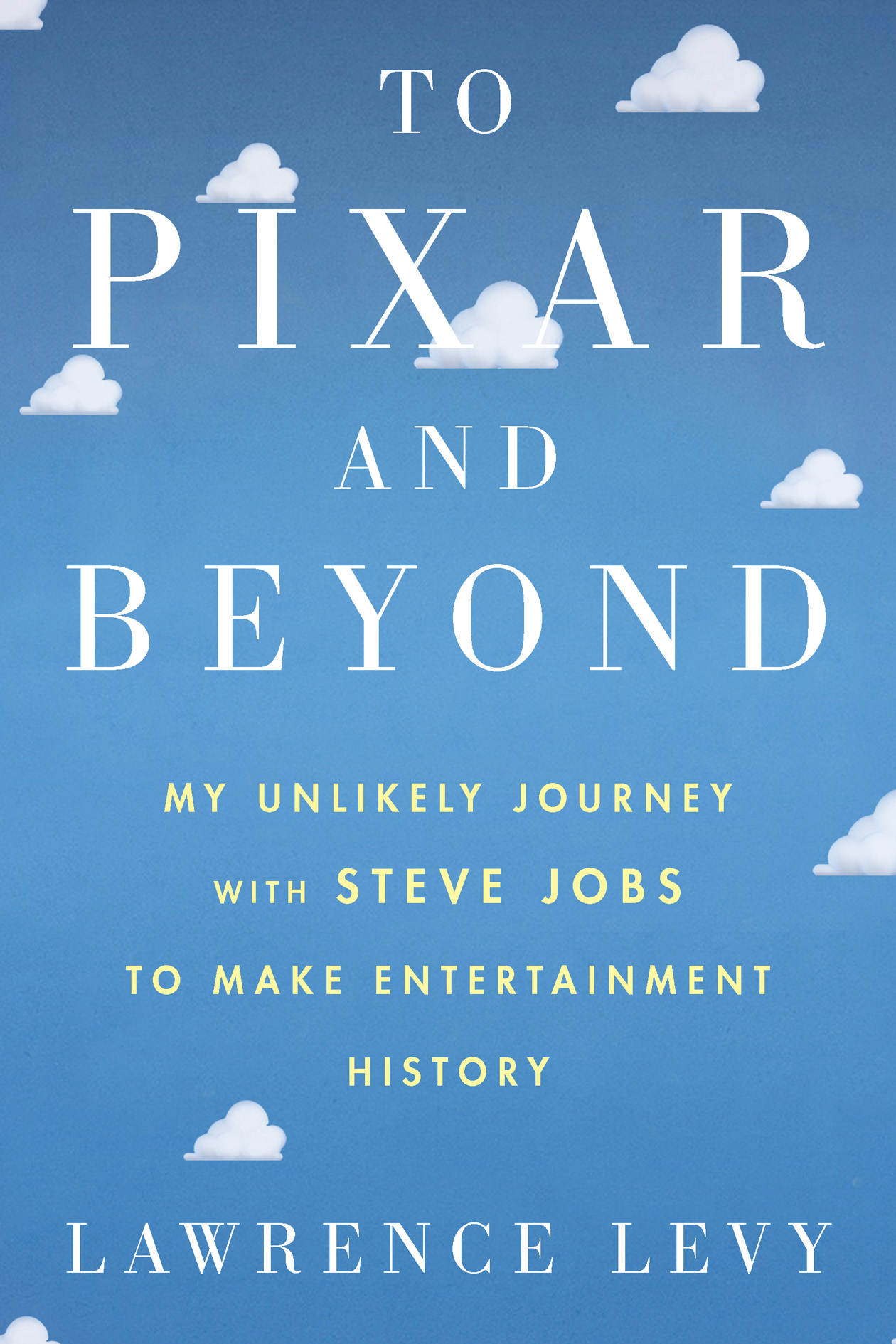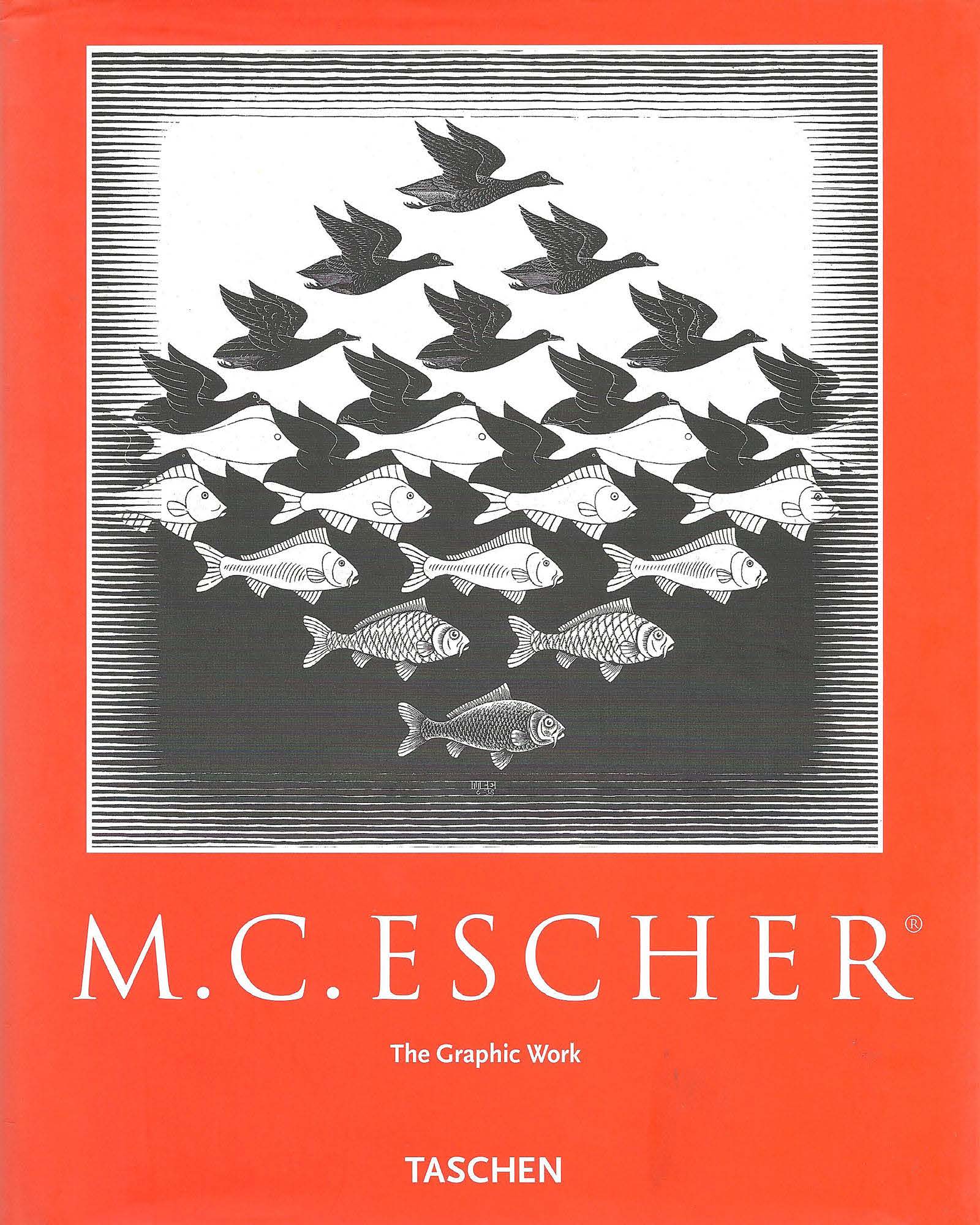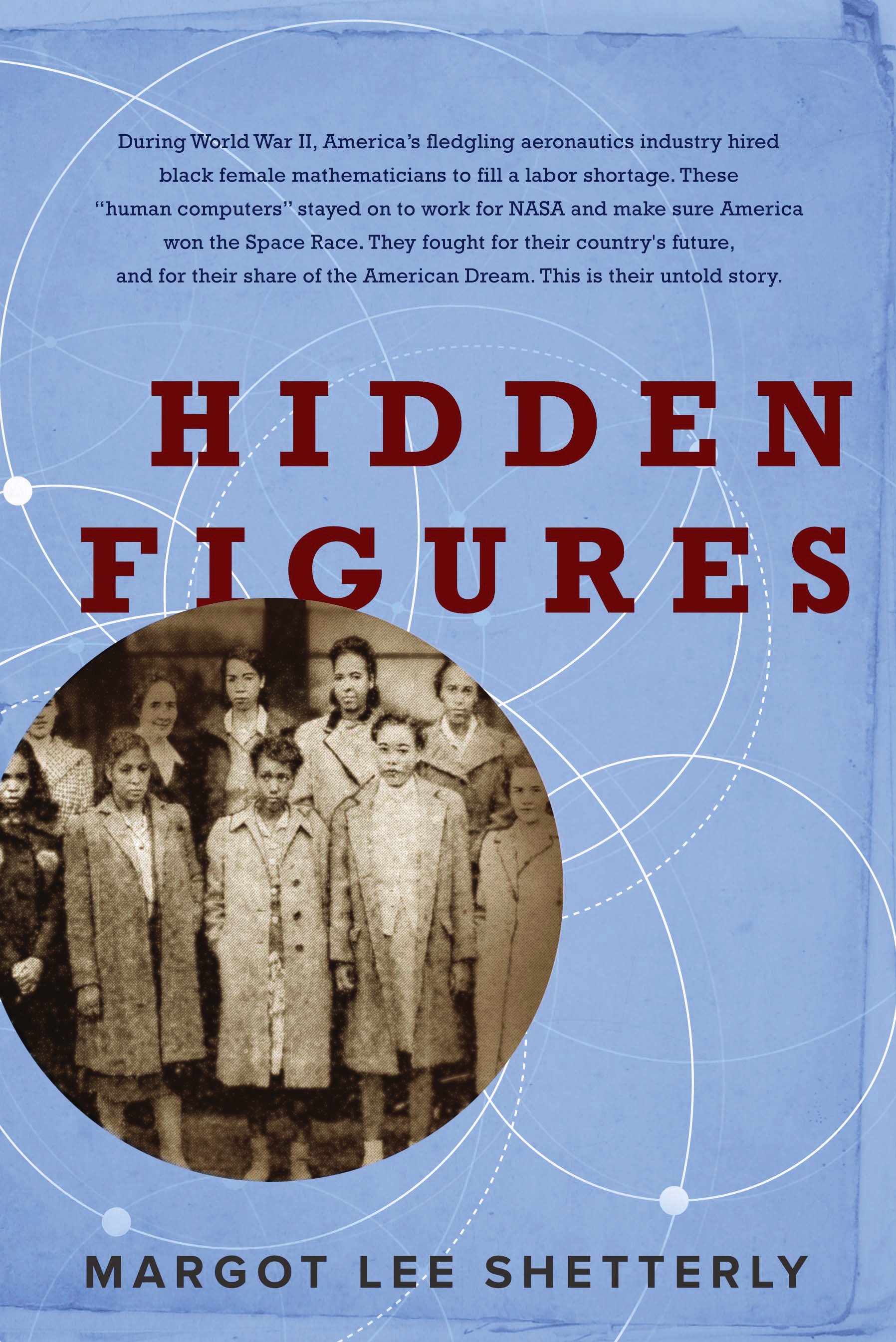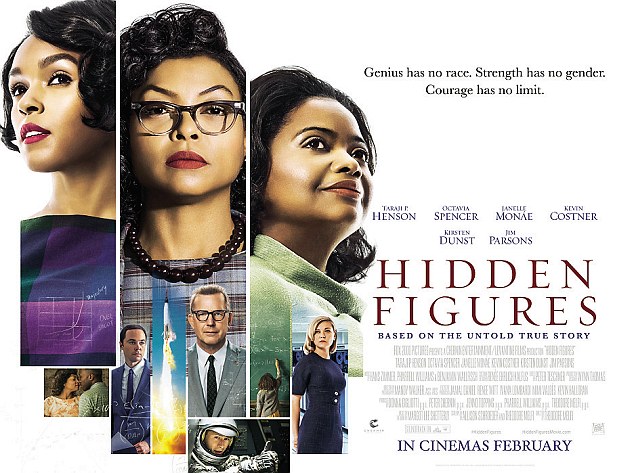 Click to enlarge (click again to close)
Click to enlarge (click again to close)
I have talked about Pixar in my Dragon Boat 2022. Here is a book giving an inside view of Pixar, telling its story.
However, the story is not about the science and math of Pixar animation. Rather, it is about how to run the company.
The author, Lawrence Levy, was the chief financial officer (CFO) of Pixar. Thus his narrative has almost nothing about science.
He tells how he got the job, and then after ten years, finished the job. Although he is not a scientist, he is thrilled by the technology of Pixar. He is a great storyteller, with lucid descriptions of the events and characters that shape the rise of Pixar.
I think you'll learn a lot by noting how a non-scientist describes the science of animation. Math and science textbooks don't tell stories. After exams you have time to relax, so reading stories about science without working through equations is fun.
Read the Prologue. If you are captivated, read on!
I am sure you'll be excited by the stories. Perhaps you may learn how to choose a job, and how to tell when to leave a job.
After finished reading, you can get more information from this author's talk【1】.
 Click to enlarge (click again to close)
Click to enlarge (click again to close)
Maurits Cornelis Escher was a Dutch woodcut graphic artist. He studied art, but he played with symmetry. By drawing figures with symmetry, he encountered the underlying math in his own way.
You may have come across some of Escher's prints, as his works had been invited for exhibitions around the world. This book collects a majority of his work. He classified them into sections, and wrote comments about each one.
Therefore, reading this book is just studying the wonderful pictures. You can just enjoy the graphical stories. You can also think about the symmetry principles in contruction. You will be amazed at his techniques.
The artist only learned the actual math when he finally met the geometer Donald Coxeter. In 1954 they met at the International Congress of Mathematicians in Amsterdam. This meeting sparked a lifelong correspondence which would influence the work of both men.
This is evident when you look at his work after this time. A series of works titled "Circle Limit" is inspired by a diagram in Coxeter's paper about hyperbolic geometry. Escher had been depicting infinity over the Euclidean plane, but this new insight enabled him to project infinity within a finite region!
After studying the book, you'll appreciate this public lecture: Escher and Coxeter【2】.
 Click to enlarge (click again to close)
Click to enlarge (click again to close)
This is an inspiring story about the original 'computers', the ladies who did all computation by hand.
They were doing their jobs helping NASA with the start of space program in 1950s, just before the arrival of elecrtronic computers.
After the war, ladies graduated from colleges were recuited to NASA as low-paid computers. They were divided into two groups: the white ladies in the East Wing, and the black ladies in the West Wing. The US society at that time treated black people as second-class citizens. This is the stories of how a group of black women became the hidden heros of space age.
This book has been turned into a movie, with the same title. They tell almost different stories: the movie concentrates on the careers of three women in NASA, but the book covers the pre-history of a group of women including those three. The author goes into extensive details about the entire history of aeronautics and space-travel, and the whole civil rights movement.
The movie portrays the headquarter of NASA in a single room, which, of course, is not true. However, the movie is not a documentary, it is a drama just aiming to tell a coherent story. It is hard to keep a concise storyline with too many characters.
You may have watched the movie Hidden Figures on TV, as it has been screened repeatedly. If not, you can watch it online【3】.


 The movie was made while the book was still being written. Read author's website about how the book was conceived, and listen to the author in this video.
One character in the movie is Katherine Johnson. Still alive at 98, she saw the movie and enjoyed it, "It was well done."
The movie was made while the book was still being written. Read author's website about how the book was conceived, and listen to the author in this video.
One character in the movie is Katherine Johnson. Still alive at 98, she saw the movie and enjoyed it, "It was well done."